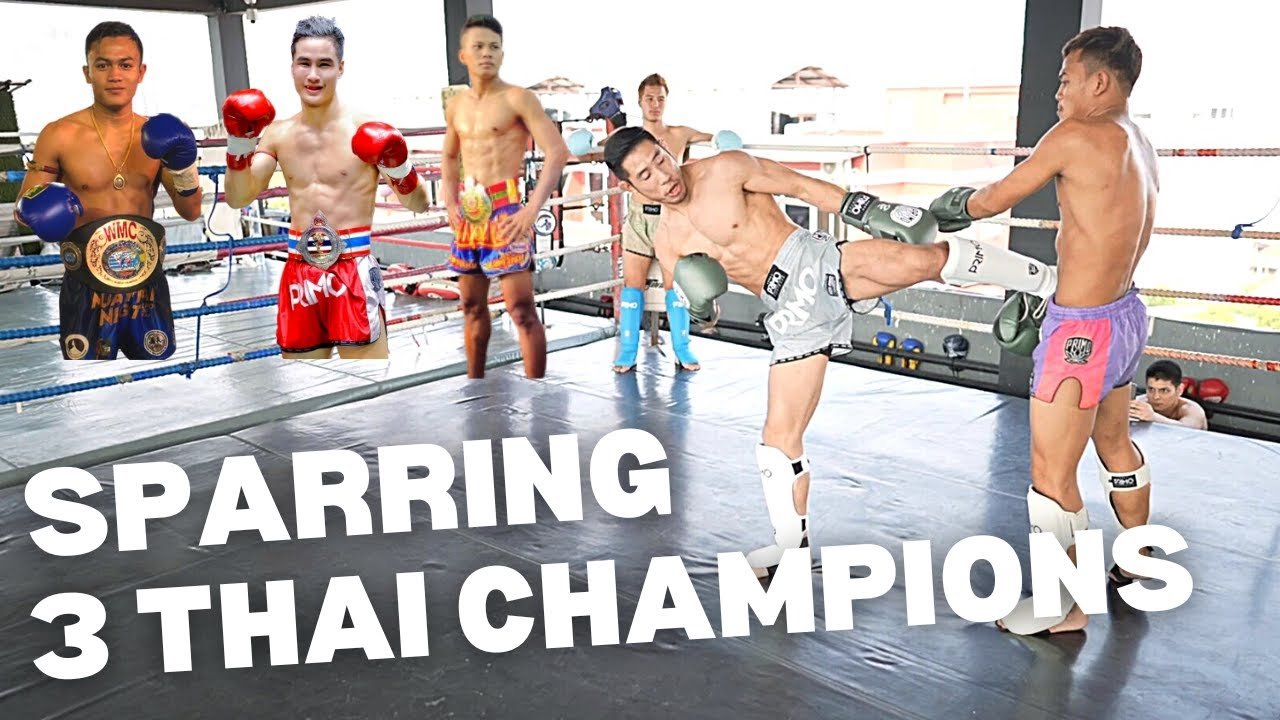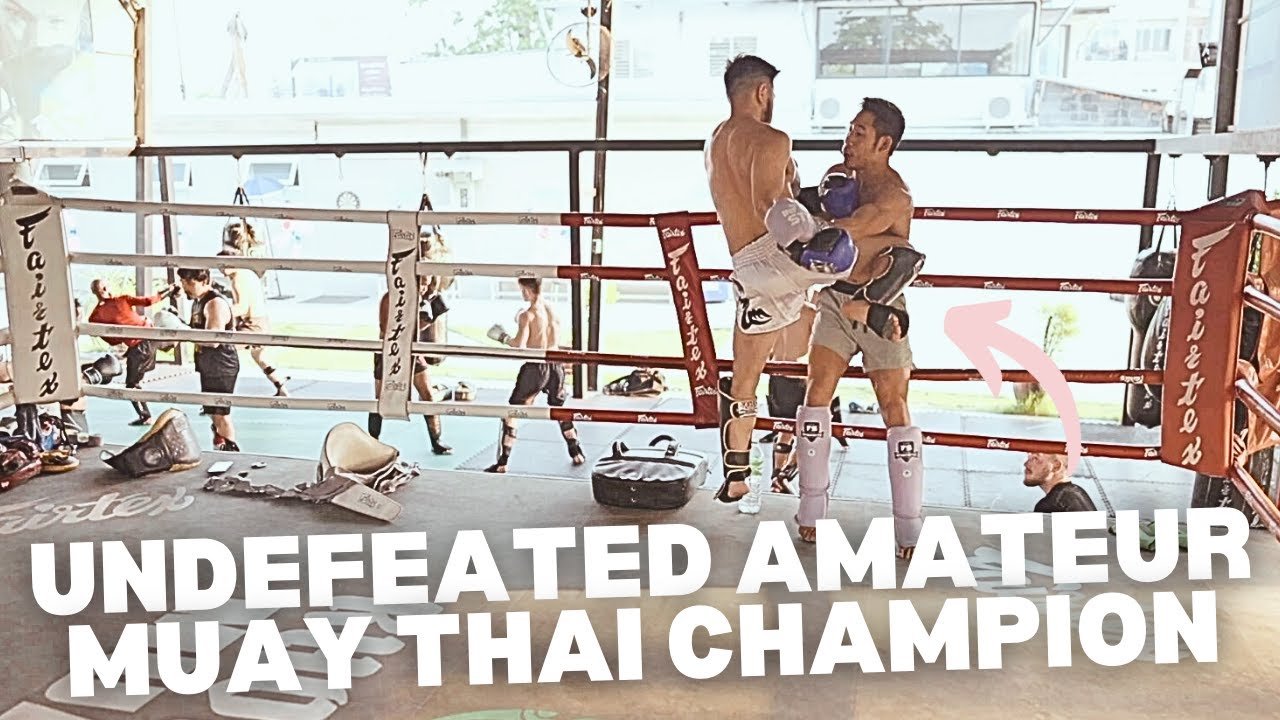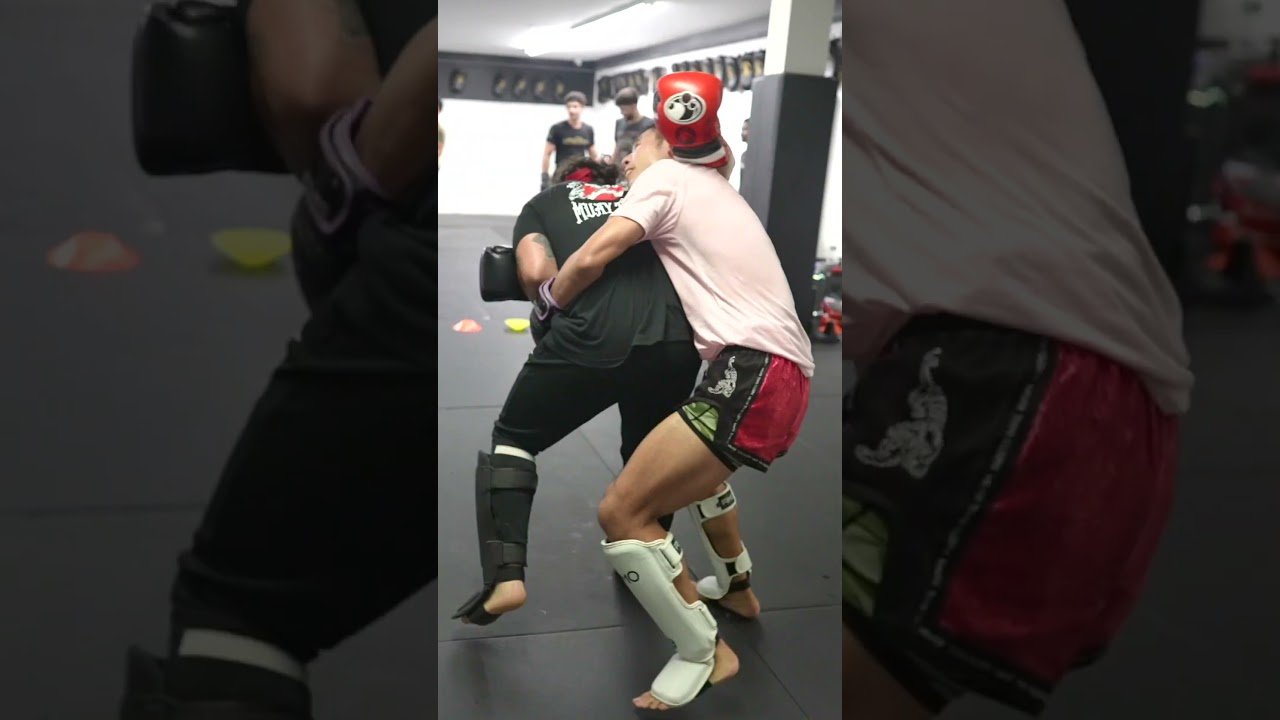Understanding Modern Self-Defence: When to Low Kick with Foot vs Shin
In the world of martial arts, understanding the intricacies of your craft is crucial. This knowledge often spells the difference between a powerful connection or a futile swing. One such aspect is knowing when to use a foot versus a shin in executing a low kick, as explained by Jeff Chan, a featured presenter on the YouTube channel MMAShredded, in a video uploaded in late 2023. The Science of Kicking Often, the technique of low kicking with toes pointing downwards results in the utilization of the lower shin or ankle or foot, whereas pointing toes upward employs the pure shin. Both techniques bear their own unique advantages and disadvantages that depend heavily on the immediate situation. Chan points out that low kicking with the toes pointing downwards, while it inflicts less damage than its counterpart, is still highly effective and offers unique advantages. Although this technique does not exactly equate to the devastation caused by a full-shin contact, it provides a different style of damage reminiscent of a whiplash, adding a different dynamic to your combat style. Proximity, Power, and Protection According to Chan, low kicking with toes pointing upwards necessitates closer proximity to the opponent, inducing a more serious risk to the kicker. However, the potential damage is also amplified, likening the effect to a hardened baseball bat. On the other hand, kicking with the foot presents you with the ability to attack your opponent from a safer distance, thus minimizing the potential of being on the receiving end of a powerful counterstrike. Notably, one of the major benefits of kicking with your toes pointing down is the recoil it provides upon landing the kick. It often leads to the buckling of your opponent’s inside lead leg, which could open up possibilities for further strikes. Its enhanced recoil effect allows the attacker to instantly distance themselves from the opponent after the strike, reducing the chances of a direct hit from a counter punch. Striking Techniques: Whips, Bounces, and Postures Creating more distance and retaining a faster stance recovery time after a strike is also a significant advantage when it comes to kicking with your toes pointing downwards. Moreover, having a stronger recoil makes it harder for your opponent to intercept or catch your low kick, thereby preserving an attack’s momentum and effectiveness. This technique allows your leg to bounce and potentially slip off an opponent’s catching hand. Keeping your distance from your opponent is an underrated advantage of this method. It allows you to be further from your opponent when you initiate the kick – a safer position that protects you from an opponent’s immediate retaliation. Targeting: Legs, Body, and Head Further insights from Chan lead us to understand that this technique is not just applicable to low kicks but extends to body and head kicks as well. The preference of modern fighters, including some top strikers of the new generation, has seen a deviation from traditional methods to flexible techniques that include pointing toes downward when attacking the calf areas. At the end of the day, knowing when to low kick with the foot vs the shin is a science that martial artists should master. Whether you opt for a whip-like, long distance kick or a powerful, full-shin strike, recognizing the benefits and the situation-appropriate application of both will take your fighting prowess to new heights.MMA Block
MMAShredded is a YouTube channel dedicated to teaching MMA techniques, owned by Jeff Chan. A professional mixed martial artist, Chan uses his in-depth knowledge and experience to provide comprehensive training videos. With MMAShredded, Jeff Chan aims to make MMA tactics and strategies accessible to enthusiasts worldwide.
Jeff Chan Block












Nice


High Quality Content – Thanks!
Hi bro
I want to thank you for this incredibly powerful video!
The absence of your videos can be felt. Could you please post them more regularly?
Whats ur opinion of the long guard variation where u extend ur lead arm but have ur back arm horizontal across ur face sort of like and elbow block. Ive seen Tawanchai do this and it looks quite effective
I think people underestimate kicking with the foot, it doesn't hurt as much as kicking with the lower part of the shin, but it still hurts
My biggest gripe with toes down is you’re more likely to injure yourself if you they block well/you hit something sharp
fucking thank you so much, I very much have a style of kick and keep away. mfs online always saying its bad to kick with your foot/lower ankle but im yet to have an injury and it works fucking great for me. Sparring people no one wants to rush the guy that is faster with their legs over their hands.
Really interesting , as usual thanks love ur vids
i dont really like kicking low kicks with my toes pointing up as it tightenes the muscles on your shin causing you to be slower, also hitting with pure shin is better ig? you dont clench fists while throwing elbows do you? or am i missing the point?
Toes pointing down makes me feel distance and I can’t feel when the opponent is pushing or not
Very nice video as always

Fantastic video! Thank you! Do you have video about standing leg when kicking?
Hours and hours of footage. Must have taken a while just to put this together. Good stuff
Jeff any news when you’ll be fighting again?
I imagine there are many views on this topic. Some schools would actually say the opposite, that pointing toe out would only be acceptable for those martial arts where you just score points per each strike. But if the sport is about doing as much damage as possible to the opponent, pointing toe out would be a no-no for a really powerful low kick, as the risk to damage your feet is too high if you land on opponents knee by mistake or the opponent blocks your kick with their shin (Ernesto Hoost block style). I think it's a discussion similar to "Align knuckles with forearm VS Keep knuckles slighly lower than forearm to reduce risk of injury" topic.
Anyone know when Jeff’s next training retreat is?
5:25 6:38
Soy español no hablo inglés veo tus vídeos me gustaría ver vídeos de sparring con zurdos te sigo hace tiempo un saludo de españa
Can you make virtual kickboxing sparring?
This is 1 of your best ever videos, esp among shorter 1s. Excellent examples and analysis.
like you said, for me as well, distance is the crucial determining factor.
relaxed ankle / whip style kicks in my experience also cost less energy to perform and make it easy to throw out frontal/diagonal variations of roundhouse type kicks when on the inside.
the extension / stiffening of the ankle on the other hand, IME, tends to hurt the loose whip style strike acceleration and offers itself more for knee/calf extension type acceleration and precision strikes on the outside.
with both styles, power investment and result of course largely depend on the choice of hip angle / support heel direction, for long range strikes possibly more so.
This is totally a low kick master class! Great stuff as usual!
Great info!
Another nice thing about the shin is that it gives them less of a chance of evading, plus it deals more damage, and depending where you strike you’re less likely to receive an injury. The foot gives more range and is more versatile.
It’s the sound for me